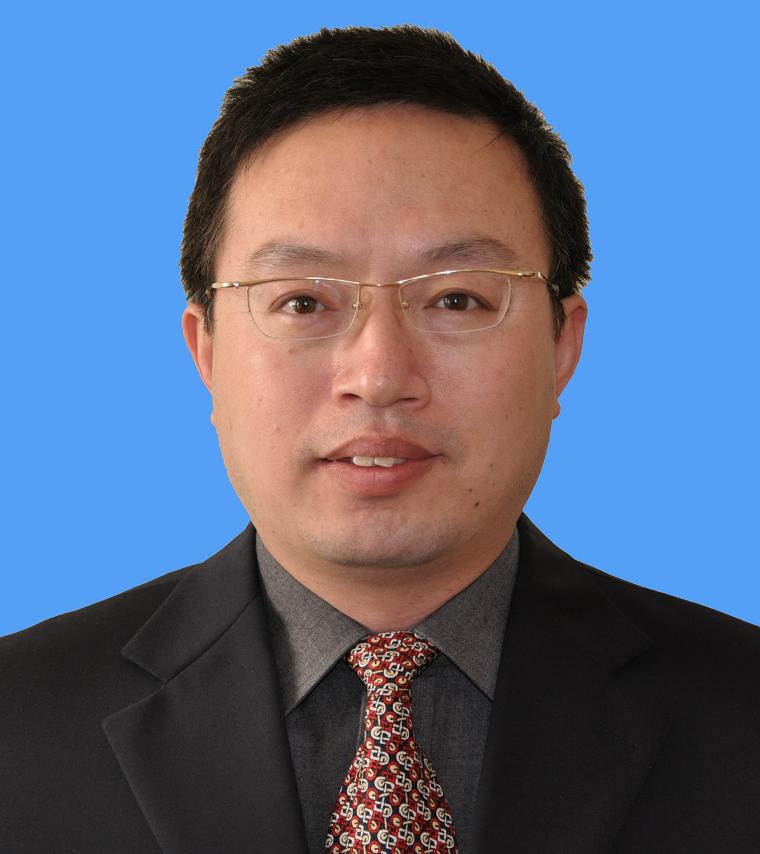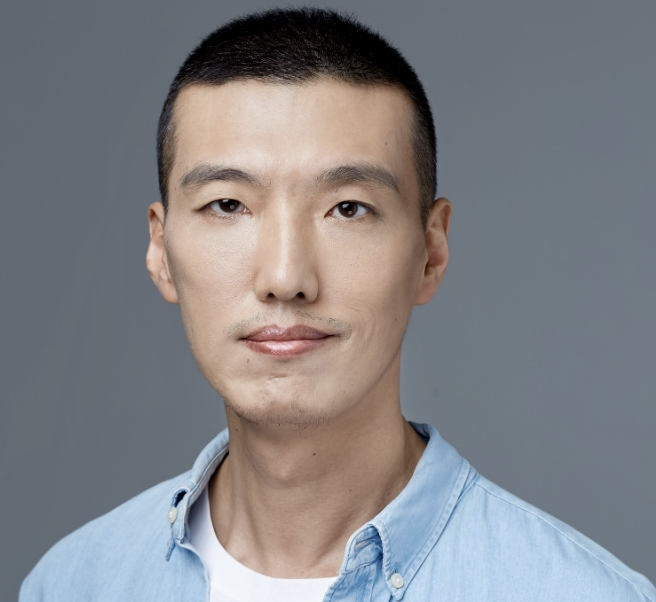Japan’s House of Councilors election last week, the first national election since Abe’s return to office, ended with a victory for the ruling LDP- New Komeito coalition. It put an end to the unbalanced Diet caused by Abe’s 2007 loss of upper house majority to the opposition and ushered in a period of LDP supremacy reminiscent of Japan’s political structure in 1955. Abe’s right-wing politics have already aroused heightened vigilance around the world.
When Abe returned to Japan’s top political job, he borrowed a page from Keizo Obuchi’s “reverse promotion”, which featured a finance-led economic recovery. He ordered an overhaul of Japan’s central bank, excessively eased money supply, which led the Yen to devalue and the stocks market to boom, thus winning impressive support at political polls. Abe’s return took place against the backdrop of a divided Democratic Party, a rising third pole and a weakening LDP, all reflections of a shifting landscape of Japan’s party politics and drastic changes in the country’s domestic and international environment.
When Abe stepped down in September 2007, taking responsibility for LDP’s poor showing at the House of Councilors election, the United States was barely one month into its subprime crisis. This means that in the following five years, Japan was to face a political environment of ongoing and continuous crises in the world. As a resource-poor country heavily dependent on trade and investment, Japan had to get to grips with a crisis-laden external environment characterized by shrinking global market, chaotic energy supply and confusing capital flows. At home, Japan was beset by a net downturn in its working population which had begun in 2006, zero population growth, sluggish innovation, rising social security spending, mounting government debt that hampered the state’s capacity to act. At the same time, the massive nuclear mishap caused by the 2011 huge earthquake led to a breakdown in the industrial supply chain and undermined Japan’s capacity as a major production material supplier. Japan’s share of the overseas market was eroded by competitors and Japan’s growth drive and product competitiveness were on the decrease.
Shifts in Japan’s domestic and international environment were reflected in the country’s party politics, particularly the change in its political party structure. A typical example was the rise of the Democratic Party, which ended the long-standing domination of the LDP (or LDP-led coalition) in government. However, instead of working to transform itself from a party seeking power to one actually exercising it, the Democratic Party was bogged down in an intra-party power struggle that led to its ultimate split. Externally, it misjudged the post-crisis global growth structure and kept the LDP focus on the “Asian Circle”. In rebuilding the international order, Japan was simultaneously at loggerheads with Asia, the US and Europe, thus worsening its internal and external environment, hurting its growth potential and causing a major shift in national politics. At the unified local elections shortly after the 3/11 earthquake, both the Democratic Party and LDP suffered dismal losses, but local political parties in Osaka, Tokyo and Nagoya made significant gains, forming themselves into the third pole of Japanese politics. Finally, the Democratic Party split and the two-party structure became history.
Japan’s shifting domestic and international landscape created a condition favorable for Abe’s return to power. But, instead of having a clear understanding of the real changes in a post-Lehman world, Abe chose to stay where he had been in 2006 insofar as his mindset was concerned. Worse still, he saw the shift in Japan’s party structure as the result of his successful political horse-trading, and the changes in world growth structure as a sign of shifting power centers of international systems. During his visit to the US, Abe, in a display of a rather un-Japanese candor, shouted publicly that “Japan was Back”. In domestic politics, Abe reintroduced various conferences at his official residence, advocated more centralized power for the prime minister and fanned up right-wing hyperbole aimed at revising Japan’s peace constitution, rearming Japan for external expansion, dismantling the post-war framework and promoting a third rise of Japan. In foreign policy, Japan believed that both the US and Europe had been weakened by the crisis and the emerging countries had lost growth momentum as well, which gave Japan the best opportunity for revival. While balancing the US, Europe and Russia diplomatically, Japan sent envoys to Southeast Asia, Middle East, India and Africa to advance its goals for market, resources and votes needed to make Japan a permanent member of the UN Security Council. At the same time, Japan set out to seek and dominate the geopolitical circle, currency circle and security circle in an effort to secure a position in determining the international order and the rules in the post-crisis world. For example, in Asia, Japan used the TPP to build a 10+6 geopolitical circle (RCEP) with the ASEAN and used it as a tool to undercut Chinese and American influence in the region through a proposed regional institution based on a Japan-ASEAN-India (EPA) axis. In currency policy, Japan took advantage of the Japan Money to conduct policy negotiations with the US and Europe while keeping large numbers of Japanese financial companies in the Asian market. Using such opportunities as fund replenishing of the Chiang Mai initiative and signing currency cooperation agreement with ASEAN, Japan built a currency circle it could use to transfer its debt crisis to others and shore up Yen’s international position. In security policy, Japan saw the crisis-weakened US and Europe as Japan’s opportunity to dominate the region’s security arrangement. By recklessly stirring up territorial disputes with neighboring countries and intensifying disagreement on history issues, Japan used the opportunity to seek an equal status in a “rebalancing structure” with the US.
It has become quite obvious that Abe’s political and diplomatic line of a right-wing Japan has turned a blind eye to the post-crisis reality characterized by fair competition and a lack of power gaming. By acting in an opportunistic way for recovering the lost ground or achieving Japan’s revival, Japan has unavoidably put itself on a collision course with its neighbors and into an isolated position in the world. The election victory has undoubtedly inflated Abe’s arrogance and his ambition for further expansion. That, however, can only lead Japan into a dead alley where it will find no friends in Asia and few supporters in the world.
Liu Junhong is a Research fellow at the Chinese Institute of Contemporary International Relations.

